Product Overview
Enclomiphene citrate is a non-steroidal selective estrogen receptor modulator (SERM) that has been used in the management of male hypogonadism, a condition of low testosterone that can lead to fatigue, decreased libido, and erectile dysfunction.[1]
It is one of the two isomers of clomiphene citrate (the other being zuclomiphene) and represents the trans-isomer which exerts anti-estrogen effects. By excluding the estrogenic cis-isomer present in clomiphene, enclomiphene may stimulate the body’s own testosterone production while potentially minimizing estrogen-related side effects.
Unlike clomiphene (commonly known as Clomid), which is FDA-approved for treating ovulatory dysfunction in women, enclomiphene has been investigated specifically for men with low testosterone.[2]
Enclomiphene citrate is available as a compounded medication with a prescription, offering an alternative approach to potentially increasing testosterone in men without the direct use of exogenous testosterone.[3]
Enclomiphene citrate is administered orally, typically in capsule form, and the dosing is individualized under a physician’s guidance. In clinical studies of men with secondary hypogonadism, daily doses of 12.5 mg to 25 mg enclomiphene have been shown to significantly increase total testosterone levels to the eugonadal range.
For example, both 12.5 mg and 25 mg daily doses produced testosterone improvements comparable to those achieved with standard testosterone gel therapy in trials. Lower doses (such as 6.25 mg daily) have also been explored, as have higher doses (50 mg), but most patients respond well to the 12.5-25 mg range.[13]
Enclomiphene is usually taken once daily, and because it does not need to be cycled in the way some fertility drugs for women are, men will often take it continuously for an extended period. Medication can be taken with or without food, but patients should take it at roughly the same time each day to maintain steady hormone stimulation.
As enclomiphene is a compounded and investigational therapy, there is no one-size-fits-all dosage schedule; physicians will adjust the dose based on the patient’s baseline testosterone, response to treatment, and tolerability. Follow-up blood tests (for testosterone, LH, FSH, and possibly estradiol) are typically done a few weeks after starting therapy to ensure the dose is effective and to guide any needed adjustments.
It is important that enclomiphene dosing be determined and supervised by a qualified healthcare provider, since use of this medication is off-label and tailored to each individual’s needs.[14] Patients should not change their dosage without consulting their doctor.
Enclomiphene’s mechanism centers on its modulation of the hypothalamic-pituitary-gonadal (HPG) axis. In men with secondary hypogonadism, excess estrogen can suppress the release of gonadotropins (luteinizing hormone, LH, and follicle-stimulating hormone, FSH), leading to inadequate testosterone production.[4]
Enclomiphene acts as an estrogen receptor antagonist in the hypothalamus and pituitary gland, blocking estrogen’s negative feedback signal. By occupying estrogen receptors, enclomiphene “releases the brake” on the HPG axis, allowing the hypothalamus to secrete gonadotropin-releasing hormone (GnRH) and thereby stimulating the pituitary to produce more LH and FSH.
The rise in LH and FSH may promote increased testosterone synthesis by the testes and supports normal spermatogenesis. In essence, enclomiphene restores the hormonal signaling needed for endogenous testosterone production, unlike direct testosterone therapy which can suppress these signals.[5]
This mechanism may enable enclomiphene to elevate testosterone levels while potentially maintaining or even improving sperm production (because FSH is also elevated), potentially preserving fertility in men with hypogonadotropic hypogonadism.[5]
Enclomiphene citrate is contraindicated in certain populations and conditions for safety reasons. It must not be used by women who are pregnant, as it offers no benefit in pregnancy and could pose potential risks to the fetus.
Similarly, enclomiphene is not indicated for women who are breastfeeding or those with unexplained uterine bleeding or ovarian enlargement not due to polycystic ovary syndrome.
Patients with active liver disease or a history of hepatic dysfunction should avoid enclomiphene, since related SERMs are metabolized by the liver and can be hepatotoxic in such individuals.
Enclomiphene is also contraindicated in individuals with uncontrolled thyroid or adrenal disorders, or in the presence of an organic intracranial lesion such as a pituitary tumor.
Furthermore, anyone with a known hypersensitivity or allergy to enclomiphene or its structural relative clomiphene should not take this medication.
These contraindications reflect those of clomiphene citrate and ensure that enclomiphene is only used in appropriate patients where the potential benefits outweigh the risks.[6]
No severe or life-threatening drug interactions have been documented with enclomiphene use. There are also no known “serious” interactions listed for this medication, suggesting that enclomiphene generally does not markedly alter or get altered by most other drugs.[7]
However, enclomiphene has moderate interactions with numerous medications, largely due to its metabolism via liver enzymes. Substances that induce cytochrome P450 enzymes (especially CYP3A4 or CYP2D6 inducers such as rifampin, carbamazepine, or phenytoin) may accelerate the metabolism of enclomiphene, potentially reducing its effectiveness.
Conversely, potent CYP3A4 inhibitors (for example, ketoconazole, certain macrolide antibiotics, or even grapefruit juice) could raise enclomiphene plasma levels and thereby increase the risk of side effects.
It is also advisable to be cautious when combining enclomiphene with other therapies that affect hormonal balance. For instance, using enclomiphene alongside exogenous testosterone or anabolic steroids is generally not recommended, as this could produce unpredictable effects on the HPG axis and diminish the benefit of enclomiphene’s mechanism.
Patients should always inform their healthcare provider of all prescription drugs, over-the-counter medications, and supplements they are taking so that any potential interactions with enclomiphene can be identified and managed appropriately.[8]
Clinical trials and assessments indicate that enclomiphene citrate is generally well tolerated, with most adverse effects being mild and infrequent. In pooled Phase II/III study data, the most observed side effects (occurring in roughly 0.5-1.5 % of patients) included headache, hot flashes, nausea, muscle cramps or spasms, dizziness, fatigue, and minor laboratory changes such as increased hematocrit levels.
These events tended to be transient and were reported at low rates comparable to placebo in many cases. Unlike direct testosterone therapies, enclomiphene has not been associated with suppression of spermatogenesis or testicular atrophy, and it avoids issues like polycythemia that can occur with injectable testosterone.[5]
However, as with other SERMs, enclomiphene may carry a small risk of thromboembolic events (blood clots in veins). The European regulatory review noted a potential risk of venous thromboembolism with enclomiphene, although such serious events were very rare in trials (e.g. isolated cases of deep vein thrombosis or pulmonary embolism).
Other uncommon side effects reported include blurred vision or visual disturbances (a known effect with clomiphene in some patients), as well as mood changes such as irritability or mild aggression in a minority of users.[9]
Any signs of possible clotting (such as leg pain/swelling or sudden shortness of breath), changes in vision, or severe adverse symptoms warrant prompt medical evaluation.
Enclomiphene citrate is contraindicated during pregnancy and should not be used by women who are or may become pregnant. In fact, enclomiphene (like its parent compound clomiphene) is classified as a pregnancy Category X medication, meaning that risks to the fetus have been demonstrated and it offers no medical benefit to a pregnant patient.
If a patient becomes pregnant while taking enclomiphene, the treatment should be discontinued immediately. Although there is limited clinical data on enclomiphene in human pregnancy, animal studies with clomiphene have shown potential for fetal harm. High doses of clomiphene in animal models were associated with adverse outcomes such as embryo-fetal loss and congenital malformations in offspring.[12]
These findings suggest that interfering with estrogen signaling during pregnancy can disrupt normal fetal development. Additionally, enclomiphene is not intended for use in women of childbearing potential outside of fertility indications (and enclomiphene itself was not developed for female infertility).
Women of reproductive age should use appropriate contraception if they are on enclomiphene for any reason, and healthcare providers generally will avoid prescribing enclomiphene to anyone who is pregnant or trying to conceive.
In summary, enclomiphene is strictly for non-pregnant patients, and any exposure during pregnancy carries a theoretical risk - therefore it must be avoided in pregnancy for the safety of the mother and baby.[11]
Enclomiphene citrate capsules should be stored at a controlled room temperature in order to preserve their potency and stability. The medication should be stored at controlled room temperature-20 to 25 °C (68 to 77 °F)-and protected from light in its original carton.
Keep the medication in a dry place, away from excessive heat, moisture, or direct light exposure, as these factors could degrade the medication. It is best to store enclomiphene in its original pharmacy container with the lid tightly closed until use.
Do not store the medication in the bathroom or any area that experiences high humidity. Keep out of reach of children and pets, for safety.
Unused or expired enclomiphene capsules should be disposed of properly - do not use any capsules past the beyond use date on the label.
- Kumar, P., Kumar, N., Thakur, D. S., & Patidar, A. (2010). Male hypogonadism: Symptoms and treatment. Journal of Advanced Pharmaceutical Technology & Research, 1(3), 297-301. doi: 10.4103/0110-5558.72420
- Thomas, L. (2025). Enclomiphene in clinical practice: Mechanism, efficacy, and safety consideration. News-Medical. Retrieved from https://www.news-medical.net/life-sciences/Enclomiphene-in-clinical-practice-mechanism-efficacy-and-safety-consideration.aspx
- Operation Supplement Safety (OPSS). (2021). Clomiphene and enclomiphene: Drugs, not dietary supplements. Retrieved from https://www.opss.org/article/clomiphene-and-enclomiphene-drugs-not-dietary-supplements
- European Medicines Agency (EMA). (2018). EnCyzix (enclomiphene) - Summary for the public. In EnCyzix: EPAR - Public assessment report. European Medicines Agency. Retrieved from https://www.ema.europa.eu/en/medicines/human/EPAR/encyzix
- Rodriguez, K. M., Pastuszak, A. W., & Lipshultz, L. I. (2016). Enclomiphene citrate for the treatment of secondary male hypogonadism. Expert Opinion on Pharmacotherapy, 17(11), 1561-1567. doi: 10.1080/14656566.2016.1204294
- U.S. Food and Drug Administration (FDA). (2012). Clomid (clomiphene citrate) Tablets - Prescribing Information. Silver Spring, MD: FDA. Retrieved from https://www.accessdata.fda.gov/drugsatfda_docs/label/2012/016131s026lbl.pdf
- RxList. (n.d.). Enclomiphene (Androxal) - Uses, Side Effects, and Interactions. Retrieved from https://www.rxlist.com/enclomiphene/generic-drug.htm
- Bayview Pharmacy. (2021). Enclomiphene Citrate 6.25 mg Oral Capsules - Formula Information. Retrieved from https://www.bayviewrx.com/formulas/Enclomiphene-Citrate-6-25-mg-Oral-Capsules-Male-Hypogonadism-Infertility-Testosterone-Deficiency-Secondary-Hypogonadism-Hormonal-Imbalance
- Committee for Medicinal Products for Human Use (CHMP). (2018). Assessment report: EnCyzix (enclomiphene). European Medicines Agency. EMA/88321/2018. (Data on file regarding phase II/III trial safety outcomes).
- European Medicines Agency (EMA). (2018, January 26). CHMP meeting highlights: Enclomiphene (EnCyzix) withdrawal. EMA/CHMP/37791/2018. (Noting risk of venous thromboembolism as a concern in enclomiphene’s evaluation.)
- RxList. (n.d.). Enclomiphene - Warnings and Precautions. Retrieved from https://www.rxlist.com/enclomiphene/generic-drug.htm
- U.S. Food and Drug Administration (FDA). (2012). Clomid (clomiphene citrate) - Reproductive Toxicology Findings. In Prescribing Information (Section 8.1, Pregnancy). Retrieved from https://www.accessdata.fda.gov/drugsatfda_docs/label/2012/016131s026lbl.pdf
- RxList. (n.d.). Enclomiphene Dosage and Administration. Retrieved from https://www.rxlist.com/enclomiphene/generic-drug.htm
- Kim, E. D., McCullough, A., Kaminetsky, J., et al. (2016). Oral enclomiphene citrate raises testosterone and preserves sperm counts in obese hypogonadal men, unlike topical testosterone: restoration instead of replacement. BJU International, 117(4), 819-827. doi: 10.1111/bju.13337
- Cleveland Clinic. (n.d.). Clomiphene (Clomid) - Patient Medication Information. Retrieved from https://my.clevelandclinic.org/health/drugs/19178-clomiphene-tablets
- Operation Supplement Safety (OPSS). (2021). Clomiphene vs. enclomiphene usage. (See FDA approval status: Clomiphene approved for women; enclomiphene investigational). Retrieved from https://www.opss.org/article/clomiphene-and-enclomiphene-drugs-not-dietary-supplements
- Thomas, L. (2025). Enclomiphene in clinical practice: Mechanism, efficacy, and safety consideration. (Comparative effects of enclomiphene vs. clomiphene). News-Medical.
- Rodriguez, K. M., Pastuszak, A. W., & Lipshultz, L. I. (2016). Mechanism of enclomiphene action (Enclomiphene vs estrogen feedback). In Expert Opin. Pharmacother., 17(11), 1561-1567.
- Operation Supplement Safety (OPSS). (2021). Enclomiphene FDA Approval Status. (Enclomiphene not approved by FDA; development discontinued). Retrieved from https://www.opss.org/article/clomiphene-and-enclomiphene-drugs-not-dietary-supplements
- Operation Supplement Safety (OPSS). (2021). Dietary Supplement Advisory: Clomiphene/Enclomiphene. (Illegal in supplements; prescription only). Retrieved from https://www.opss.org/article/clomiphene-and-enclomiphene-drugs-not-dietary-supplements
- Thomas, L. (2025). Enclomiphene vs. Testosterone Therapy. (HPG axis preserved with enclomiphene). News-Medical.
- Kim, E. D., et al. (2016). Enclomiphene vs. Testosterone Gel Study Results. (Enclomiphene maintained sperm counts; TRT did not). BJU International, 117(4), 819-827. doi: 10.1111/bju.13337
- Committee for Medicinal Products for Human Use (CHMP). (2018). EnCyzix (enclomiphene) Clinical Safety Data. (Common adverse events in trials). European Medicines Agency.
- RxList. (n.d.). Enclomiphene - Contraindications. (Not for use in pregnant or breastfeeding women). Retrieved from https://www.rxlist.com/enclomiphene/generic-drug.htm
- RxList. (n.d.). Enclomiphene - Dosage Guidelines. (Typical dosing 12.5-25 mg daily). Retrieved from https://www.rxlist.com/enclomiphene/generic-drug.htm
- Live Forever Lab. (2023). How long does enclomiphene take to work? (Study reference: significant T increase by 2 weeks). Retrieved from https://liveforeverlab.com/how-long-does-enclomiphene-take-to-work/
What is enclomiphene citrate and how is it different from clomiphene (Clomid)?
Enclomiphene is one of the two stereoisomers of clomiphene citrate (Clomid). Clomiphene is a mixture of approximately 62 % enclomiphene (E-isomer) and 38 % zuclomiphene (Z-isomer).
Zuclomiphene has partial estrogen agonist effects, whereas enclomiphene is an estrogen receptor antagonist. Because enclomiphene lacks the more estrogenic isomer, using enclomiphene alone is thought to raise testosterone levels without the degree of estrogen-related side effects that the mixture clomiphene can cause.
In practical terms, Clomid has been used for decades to induce ovulation in women, while enclomiphene was developed specifically for men with low testosterone. By providing only the active anti-estrogenic component, enclomiphene may stimulate a man’s own testosterone production and preserve fertility, which is the key difference from Clomid’s use and composition.[2]
How does enclomiphene increase testosterone levels in men?
Enclomiphene works by blocking estrogen receptors in the brain’s regulatory centers (the hypothalamus and pituitary). This blockade prevents estrogen from triggering the normal negative feedback loop that would suppress gonadotropin release.
As a result, the hypothalamus secretes more GnRH, leading the pituitary to release more LH and FSH. The increase in LH stimulates the Leydig cells in the testes to produce more testosterone naturally, and FSH supports sperm production.
In essence, enclomiphene “tricks” the body into increasing its own testosterone output by removing the inhibitory signal of estrogen. This mechanism is different from taking testosterone directly - enclomiphene restores the hormonal signals upstream, so testosterone levels rise endogenously.
Studies have shown that enclomiphene may consistently raise serum testosterone into the normal range by this method while maintaining sperm counts, which is why it’s considered a restorative (rather than replacement) therapy.[5]
Is enclomiphene FDA-approved?
No, enclomiphene is not approved by the FDA for any indication as of today. Enclomiphene (under the proposed brand name Androxal) underwent Phase II and III clinical trials for the treatment of secondary hypogonadism, but the FDA did not grant approval for its marketing.
In 2015, the FDA issued a Complete Response Letter indicating that the drug’s application could not be approved in its current form, and subsequently the development of enclomiphene as a standalone therapy was discontinued.
This means enclomiphene is currently an investigational or off-label compound - it can be obtained through compounding pharmacies or clinical trials, but it is not an FDA-approved commercial prescription product.
The lack of FDA approval reflects the agency’s concerns or requests for more data (for example, the FDA wanted evidence of enclomiphene’s long-term clinical benefits). Despite this, enclomiphene is legally available via certain pharmacies with a doctor’s prescription, but any use is considered off-label, and it has not undergone the full FDA approval process.[3]
Can I get enclomiphene over-the-counter or as a dietary supplement?
No. Enclomiphene is a drug that requires a prescription, and it is not legally sold over-the-counter or as a dietary supplement. In fact, both enclomiphene and its parent compound clomiphene are on the list of substances prohibited from inclusion in dietary supplements.[20] They are regulated as medications due to their potent hormonal effects.
Some illegitimate online vendors have marketed enclomiphene as a “research chemical” or a so-called testosterone booster, but these products are not legal supplements and may be unsafe.
The only legitimate way to obtain enclomiphene is through a pharmacy with a valid prescription from a licensed healthcare provider. Purchasing enclomiphene without a prescription or from unregulated sources is dangerous and not advised.
In summary, enclomiphene is not available for purchase as a supplement or OTC remedy - it must be prescribed and dispensed as a compounded medication due to its status as an investigational drug.[20]
How does enclomiphene compare to testosterone replacement therapy (TRT)?
Enclomiphene and TRT represent two different approaches to treating low testosterone. Testosterone replacement therapy (using gels, injections, implants, etc.) provides external testosterone to raise hormone levels, which often leads to feedback suppression of the body’s own LH and FSH production. This can result in reduced sperm production, testicular shrinkage, and dependence on the external testosterone source.
Enclomiphene, on the other hand, stimulates the body’s internal production of testosterone by increasing LH and FSH release.[21] The key advantage of enclomiphene is that it may improve testosterone levels while preserving fertility - men taking enclomiphene typically maintain normal sperm counts, in contrast to TRT which frequently causes low sperm counts or infertility.[22]
Additionally, enclomiphene may tend to produce more stable, physiological testosterone levels. It may raise a man’s T into the normal range but does not usually overshoot into supra-physiological levels, thereby avoiding some of the swings or peaks and troughs that can occur with injections.[21]
Enclomiphene also prevents the testicular atrophy seen with long-term TRT, because the testes remain active (producing both testosterone and sperm). However, TRT may lead to a more immediate increase in testosterone and is indicated for primary hypogonadism or cases where the testes cannot produce testosterone.
In summary, enclomiphene is often preferred for men with functional testes who desire to maintain fertility, whereas TRT is a direct replacement useful in other scenarios. Each therapy has its role, and a doctor can help decide which is appropriate for a given patient.
What side effects can I expect with enclomiphene?
Most men tolerate enclomiphene quite well. The side effects reported are generally mild and like those ones might experience from slightly elevated testosterone or fluctuating hormone levels. Common side effects (seen in a small percentage of users) include headache, nausea, hot flashes or flushing, mild dizziness, increased appetite, or acne/breakouts.[9]
Some men report an increase in libido (sex drive) which, while often a desired effect, can be accompanied by periods of irritability or mood swings in cases where testosterone levels rise rapidly. These side effects are usually temporary and resolve as the body adjusts.
Enclomiphene’s safety data from trials involving over a thousand men indicate a low incidence of adverse events, with no single side effect affecting more than about 1-2 % of patients.[9] Unlike external testosterone, enclomiphene does not typically cause prostate enlargement or significant changes in PSA, and it avoids the suppression of sperm production.[10]
However, it is important to be aware of rare but more serious risks. As a SERM, enclomiphene could potentially increase the risk of blood clots in veins (deep vein thrombosis or pulmonary embolism), though this was very rarely observed. Only isolated cases of such thromboembolic events were noted among trial participants, but because similar medications (like tamoxifen) carry that risk, patients should be cautious.[10]
Additionally, a few individuals (under 1 %) have reported changes in vision (for example, blurry vision or seeing flashes) while on enclomiphene - if this occurs, one should inform their doctor promptly.
Regular follow-ups and blood tests can help monitor any side effects (such as changes in blood counts or liver enzymes, which were not significant in studies). As always, discuss any side effects you experience with your healthcare provider, and they can determine if any action or precautions are needed.
Can women take enclomiphene, or is it only for men?
Enclomiphene is intended only for men and is not used in women. In women, the mixed-isomer drug clomiphene citrate (Clomid) is the standard therapy for certain cases of infertility (to induce ovulation). Enclomiphene, by contrast, was developed for male hypogonadism and has not been studied or approved for use in women.[2]
In fact, enclomiphene is contraindicated for women who are pregnant or breastfeeding, as well as for those who have certain reproductive conditions.[6] There is no benefit for a woman to take enclomiphene - for instance, a woman desiring pregnancy would use clomiphene or other fertility treatments, not enclomiphene.
If enclomiphene were taken inadvertently during pregnancy, it could potentially harm the fetus (as suggested by animal studies with clomiphene).[12] Women with intact reproductive systems are not candidates for enclomiphene, and female patients should not be prescribed this medication.
The only context in which drugs like enclomiphene might be considered in women would be experimental or in research settings, but currently there are no established indications.
In summary, enclomiphene is for men only under medical supervision. Any woman considering fertility or hormonal treatments should consult a physician for the appropriate options (such as clomiphene or other therapies), rather than enclomiphene.
How is enclomiphene typically taken (dosage schedule)?
Enclomiphene is taken as a capsule by mouth, usually once daily. Your doctor will determine the proper dose for you; common dosages are in the range of 12.5 mg to 25 mg per day.[13] Often, therapy will start at the lower end (for example, 12.5 mg daily) and then be adjusted based on blood test results and symptoms.
There is no complex cycling required - men will take enclomiphene each day continuously, unlike some fertility drugs that are taken only on certain days of the month. It’s generally recommended to take enclomiphene at the same time each day (morning or evening) to maintain consistent blood levels.
Treatment duration can vary. In clinical trials, enclomiphene was given for about 3 months continuously to evaluate its effects. Many patients will notice improvements in testosterone levels within the first month (often within 2-4 weeks), but therapy may continue for several months or longer if it’s effective.[14]
Your provider will likely schedule follow-up labs a few weeks after starting enclomiphene to see if the dose is adequate. If testosterone levels have normalized and symptoms are improving, you’ll typically continue on that dose. If not, the dose might increase (e.g., from 12.5 mg to 25 mg daily).
Because enclomiphene is not an FDA-approved medication, the exact dosage and length of therapy should be personalized and monitored by a healthcare provider. Never adjust your dose or stop the medication on your own without consulting your doctor.
When it’s time to discontinue enclomiphene (for example, if transitioning to another therapy), your doctor will give you guidance - a gradual taper is usually not necessary due to enclomiphene’s mechanism but follow medical advice for your specific case.
How long does it take for enclomiphene to show results?
Enclomiphene potentially works quite quickly to boost hormone levels. Clinical observations indicate that serum testosterone can begin to rise significantly within the first 2-3 weeks of daily therapy. For instance, one randomized study noted a noticeable increase in total testosterone after just 14 days of enclomiphene treatment.
By around 4 weeks of use, testosterone levels tend to reach a new steady state at a higher, normal level as enclomiphene’s stimulation of the HPG axis takes full effect. Many patients report improvements in symptoms (such as energy, mood, or libido) within the first month of treatment, which corresponds with these hormonal changes.
Of course, individual responses can vary: some men may feel the benefits sooner (even within 1-2 weeks), while others might take 6-8 weeks to appreciably notice changes. It’s important to have realistic expectations - enclomiphene is not an instant boost like injectable testosterone, but it may ramp up your own production gradually.
Doctors typically evaluate blood testosterone after about 4-6 weeks to ensure the medication is working as intended. If your levels have not improved by that time, your doctor might adjust the dose.
In terms of fertility parameters, improvements in sperm count or quality may be seen over a few months (since sperm development cycles take about 70 days). Continuous use of enclomiphene beyond the first month often leads to further gains in symptoms and sustained hormone levels.
Always communicate with your provider about how you’re feeling; they may do interim tests at the 2-week mark or after a month to check progress. In summary, many men will experience a significant rise in testosterone within 2-4 weeks on enclomiphene, with corresponding symptom relief building over subsequent weeks. Patience and adherence to the daily regimen will allow enclomiphene to achieve its full effect.[26]
Disclaimer: The information above is provided for educational purposes and is not intended as medical advice. Enclomiphene citrate is a compounded investigational medication; it has not been evaluated or approved by the FDA for treating low testosterone. Use of enclomiphene should only occur under the guidance of a licensed healthcare provider, with appropriate monitoring. Individual results may vary, and not all patients will be candidates for this therapy. Always consult your physician or endocrinologist to determine the best and safest treatment options for your condition. Neither the efficacy nor the long-term safety of enclomiphene is guaranteed, and this medication should be used cautiously and according to professional medical advice.
503A vs 503B
- 503A pharmacies compound products for specific patients whose prescriptions are sent by their healthcare provider.
- 503B outsourcing facilities compound products on a larger scale (bulk amounts) for healthcare providers to have on hand and administer to patients in their offices.
Frequently asked questions
Our team of experts has the answers you're looking for.
A clinical pharmacist cannot recommend a specific doctor. Because we are licensed in all 50 states*, we can accept prescriptions from many licensed prescribers if the prescription is written within their scope of practice and with a valid patient-practitioner relationship.
*Licensing is subject to change.
Each injectable IV product will have the osmolarity listed on the label located on the vial.
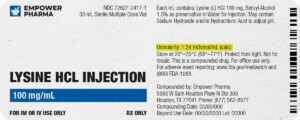
Given the vastness and uniqueness of individualized compounded formulations, it is impossible to list every potential compound we offer. To inquire if we currently carry or can compound your prescription, please fill out the form located on our Contact page or call us at (877) 562-8577.
We source all our medications and active pharmaceutical ingredients from FDA-registered suppliers and manufacturers.

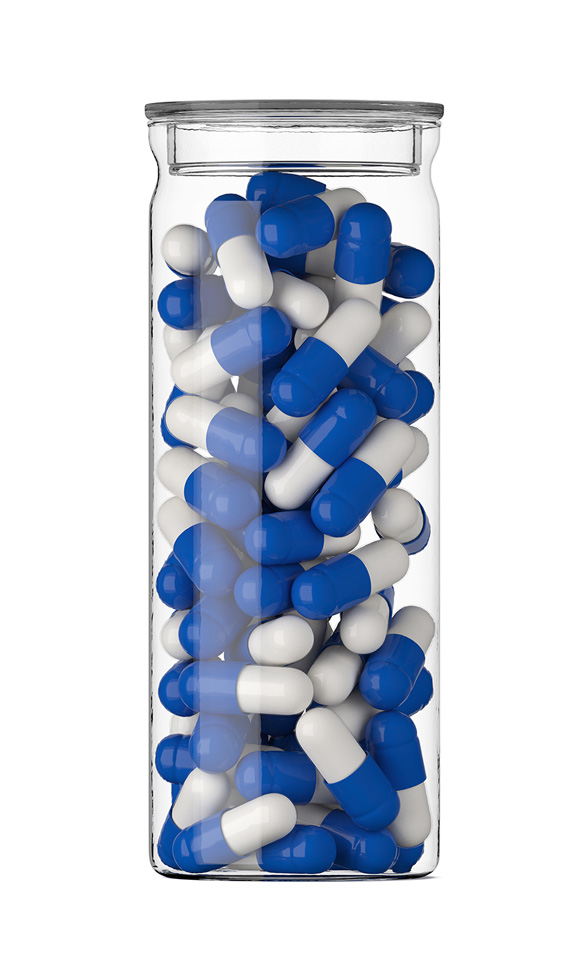
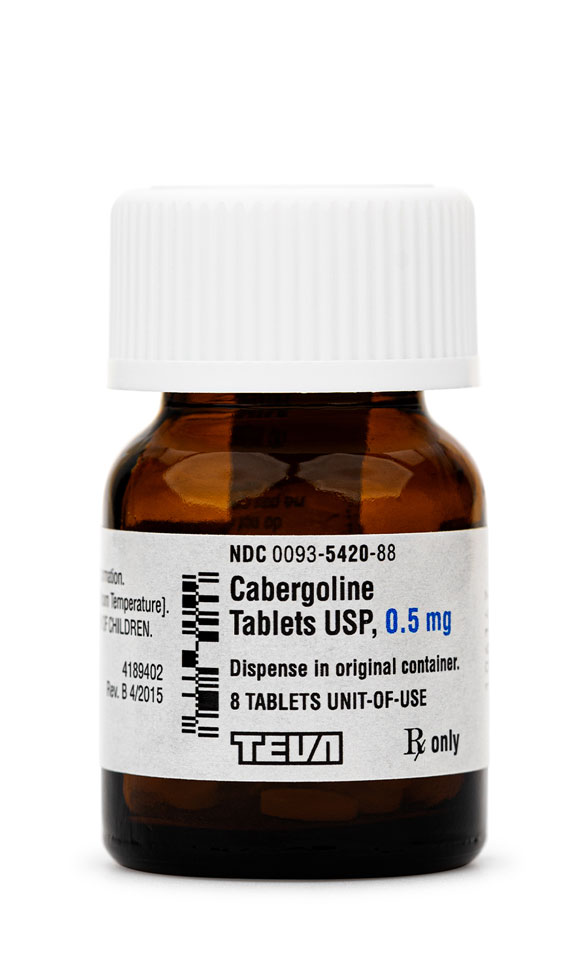 Cabergoline Tablets
Cabergoline Tablets HCG Injection
HCG Injection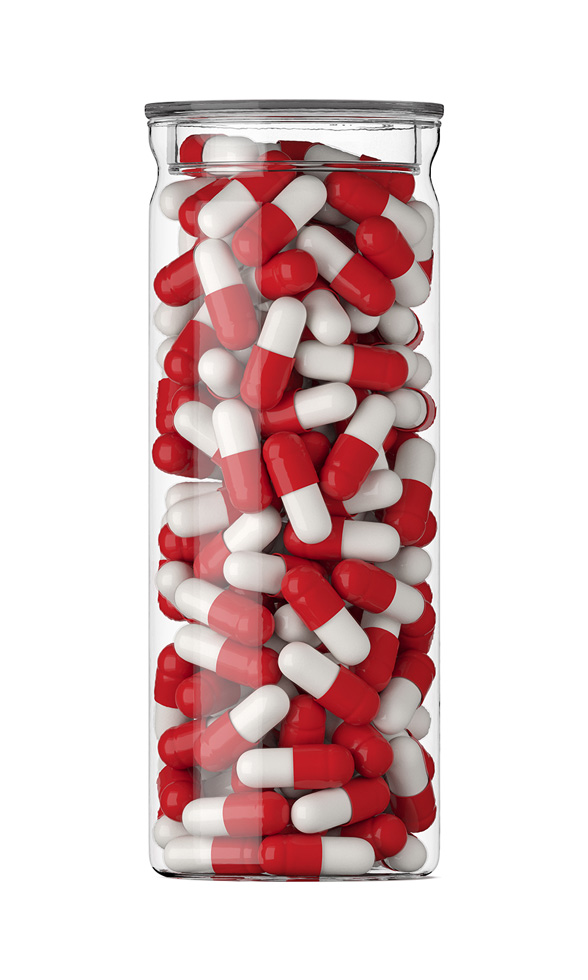 Anastrozole Capsules
Anastrozole Capsules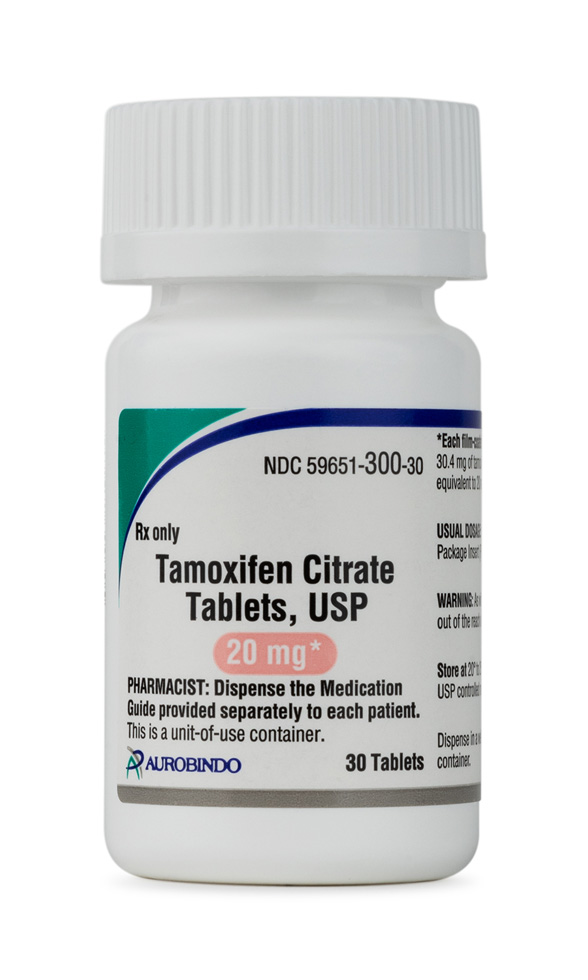 Tamoxifen Citrate Tablets
Tamoxifen Citrate Tablets Oxandrolone Tablets
Oxandrolone Tablets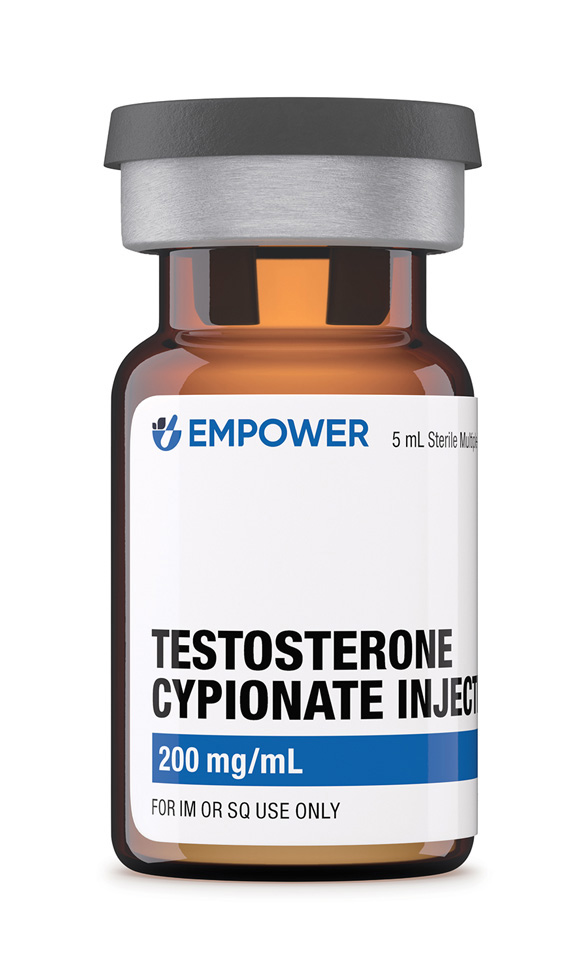 Testosterone Cypionate Injection
Testosterone Cypionate Injection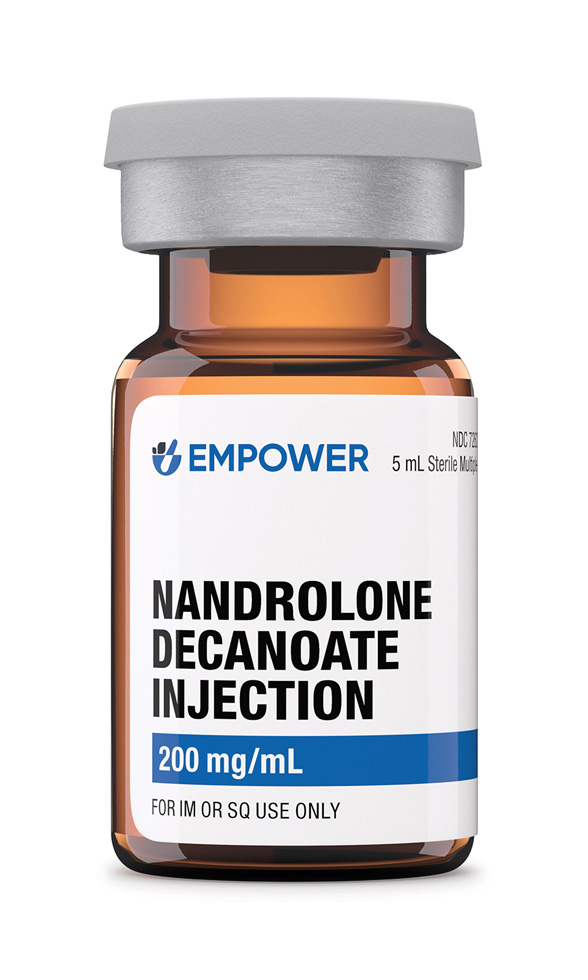 Nandrolone Decanoate Injection
Nandrolone Decanoate Injection